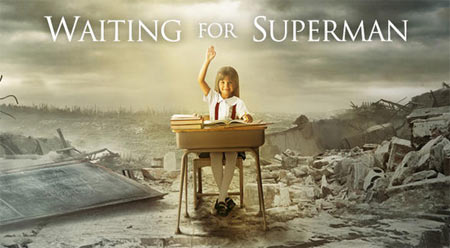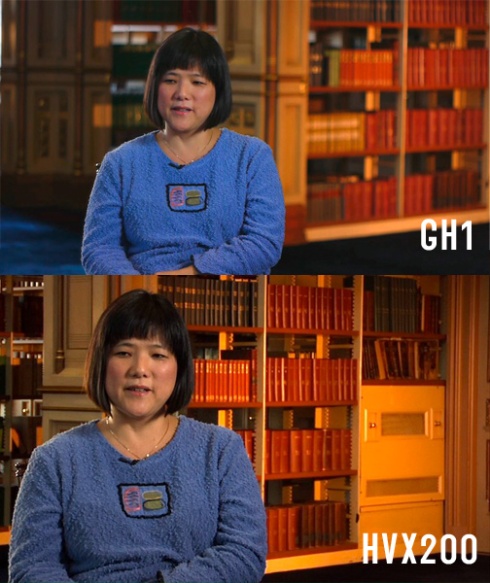It was a slow day at Eidolon and it was making me anxious, as idle days often do. I felt this massive creative block that rendered me useless – sitting with my second cup of coffee watching the 4th hour of the Today Show. When Hoda and Kathy Lee became grating, I shut off the television and grabbed my moleskin notebook. The moleskin is only dedicated to important tasks; all others are relegated to a stack of reporter’s notebooks. So I sat in the quiet of my home office with a pen and my moleskin to do what became a surprisingly productive and enriching task. I made a life list.
It was pure luxury to sit and write a list without abandon. Whether ostentatious or commonplace, I wrote down my every desire. For travel, for adventure, for financial, for my career, for giving back to the community and for my family. Every desire I wrote down. I didn’t edit, I didn’t censor, I just jotted it down.
Sure I’d spoken aloud about my dreams and goals before, but the process of writing it down was different. It made the goals real and tangible. And it made me accountable for reaching them. As I wrote down the list, I had to fight with myself to be ambitious, to think big. In my career category I would stop myself from writing things like “Get nominated for an Academy Award.” How dare I have the audacity to say I could achieve that! But I pushed by the doubts and my own self-imposed limitations. And I wrote it all, albeit in pencil. When I’m a more confident person, I’ll try pen!
If I allow myself to believe that I can accomplish it all, I have a lot to look forward to: raising children, owning a townhouse in DC with a backyard garden, teaching at my alma mater, living abroad again, joining the Peace Corps after age sixty, being a life-long mentor, regularly raising my charitable donations, hiking the top ten treks in the world, riding the Trans-Siberian railway, screening my films on Capitol Hill, winning an Emmy, getting my writing published in the NYTimes…. the list goes on. My goals are ambitious and so my actions have to be, too. Instead of making excuses for why it’s too much money or why I don’t have the time, I booked a trip to Southeast Asia for 8 weeks. Just like that. It’s going to take a lot of saving, a lot of penny pinching while we’re there, a lot of creativity and schedule-maneuvering, but in the end… Thailand, check! Vietnam, check! Laos, check! Cambodia, check!. While the rejections have been numerous, I continue to fight for an audience for Keeping the Kibbutz. When one person said no, I went to the next. So this Fall, it will screen on individual affiliate PBS stations and a Video on Demand channel. It will take a lot of time and effort to market it to each station with a zero budget — a lot of aggravation for not much financial profit. But a national broadcast? A million potential viewers? Check!
Steps to making a list and sticking to it:
Rule #1: Write it down. The exercise is moot if you don’t write it down. You need to have a visual log of what you want to do before it can become a tangible goal. Write it in a special notebook because it is a special task.
Rule #2: Categorize. I broke up my life goals into six categories: Travel, Financial, Career, Giving Back, Family, and Adventure. Customize your categories to fit your desires and lifestyle. At times in your life, one category may have more weight than others. Right now, I’m focusing on my career, travel and giving back to my community, but in time, I know raising a family and my financial welfare will begin to take more precedence. Writing goals for every facet of your life, now or in the future, can be helpful so that you don’t exclude things that are important to you, even if they’re not so pressing at the moment.
Rule #3: Revisit your list. Our life goals are ever-evolving. For example, just last year, I discovered a passion for trekking. So revisit and revise your list. Add goals, demote others. Check off goals that you have accomplished. See what’s left and adjust your steps to getting there.
Rule #4: Devise an action plan. For each goal, set a plan for achieving that goal. This has been the hardest thing for me to do. Some goals it’s hard for me to even envision how I’d get there, like going to Sundance with one of my films. The chance of doing that is less than 1% and is dependent on so many uncontrollable factors. So instead, I’ve set a goal for when I want to finish my next non-fiction film, with the ultimate plan of submitting to Sundance. Other goals are much easier to set action plans for. For travel, I simply save my money, set aside time every year to take a trip and pick a destination or group of destinations from my master list. The more detailed and specific the better. Like, I will save $5 a day every day for a year, which will amount to my plane ticket. When you look at it in those terms, it’s rather easy. It’s simply cutting out a daily Latte, maybe cutting cable television (who needs Real Housewives anyway), or even replacing the gym with runs outdoors. Goals are nothing without plans to getting there.
Rule #5: Make quarterly assessments. Write into your electronic or paper calendar a date four times a year during which you examine your life goals and evaluate whether you’ve stuck to your action plans. If you haven’t, ask yourself, what is getting in my way? What challenges am I facing to meeting that goal? What can I do differently?
Rule #6: Give yourself a break! Failure is part of the plan, believe it or not. If you’re not failing, well then, your goals aren’t that damn ambitious! So when you fail to reach one goal, try again next year. That’s why we call this thing, a “life list”, ’cause well, it may take a lifetime. And how exciting is that!










